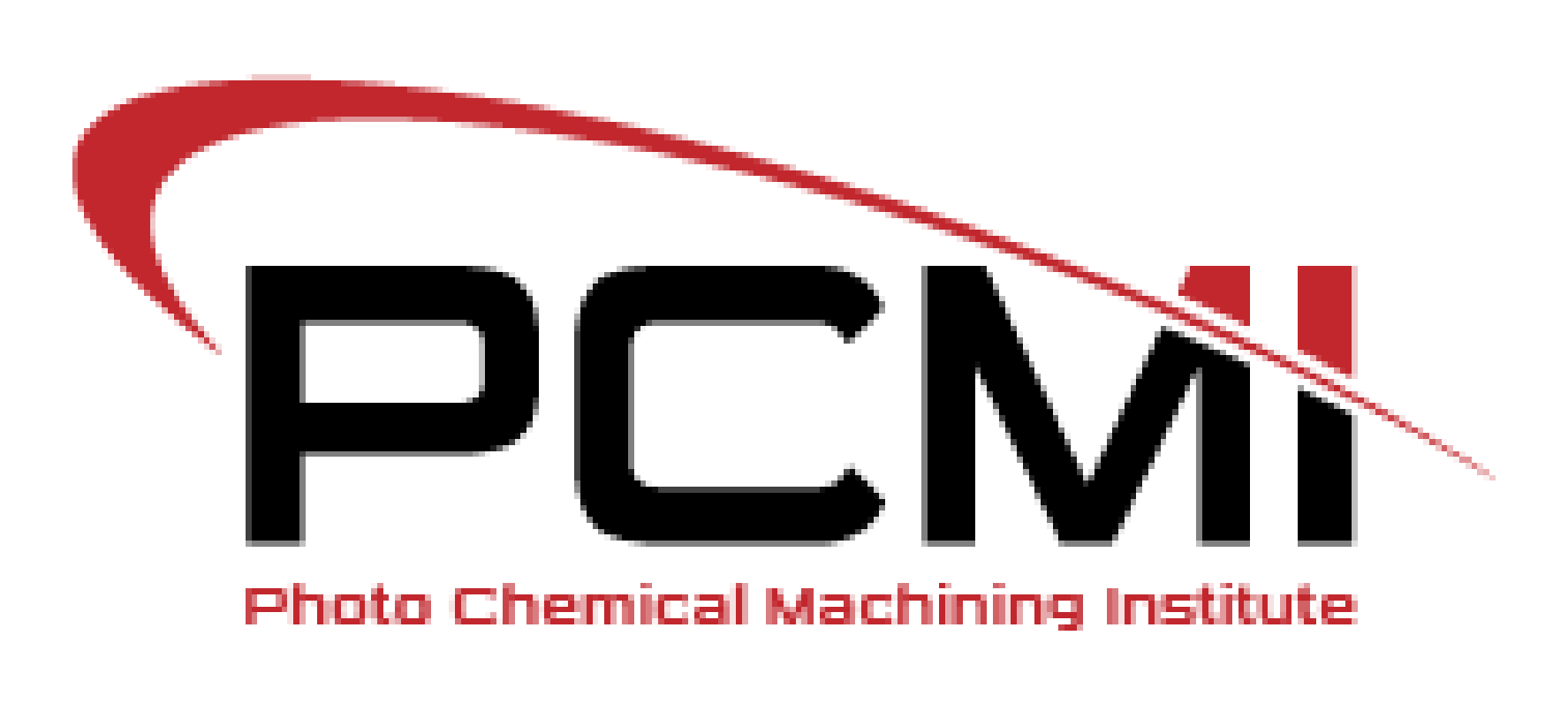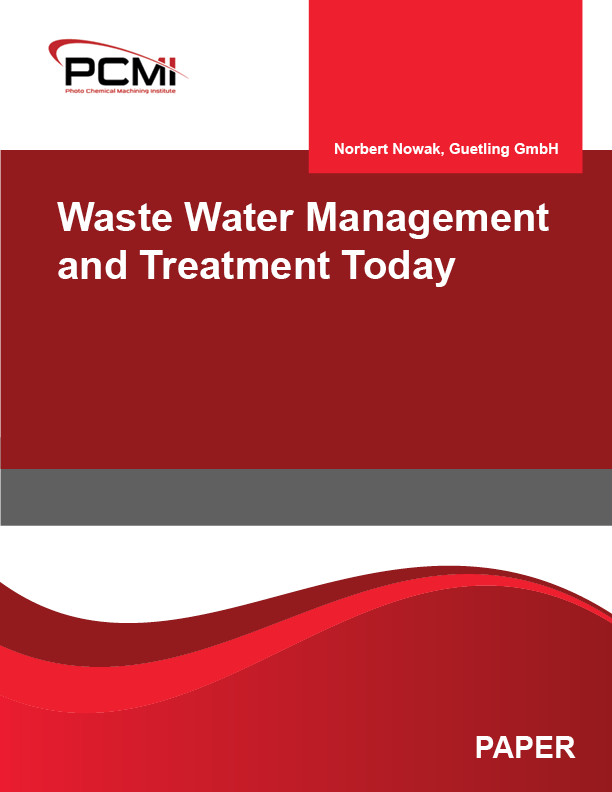
Etchant/Panel Interface and Its Effect on Etching (and What You Can Do About It)
Etchant/Panel Interface and Its Effect on Etching (and What You Can Do About It)
As most of us who depend on some form of etching for making a living know, the etch ratc on the top side of the panel being etched in a horizontal etcher is not even across the entire panel. Features towards the edges of the panel tend to etch faster than the same size features in the center of the panel. Isolated features etch faster than the same size features that are packed tightly together without a lot of space between them. As the panel sizes get larger, the discrepancy in the etch rate at the edges versus the etch rate at the center of the panel increases until it becomes a major problem. In general, the problem is attributed to etemot puddling or pooling on the top surface, where the etchant sprayed on the center of the panel tends to be relatively stagnant and slower moving than the etchant on the edges of the panel. This is certainly true, but careful measurements on the bottom side show that the phenomenon of faster etching on the edges and around isolated features is also present here, although to a much lesser extent. A quick perusal of Perry’s Chemical Engineers’ Handbook shows there is a mechanism that describes this behavior and understanding it can be a help in reducing its effects.
$60.00











